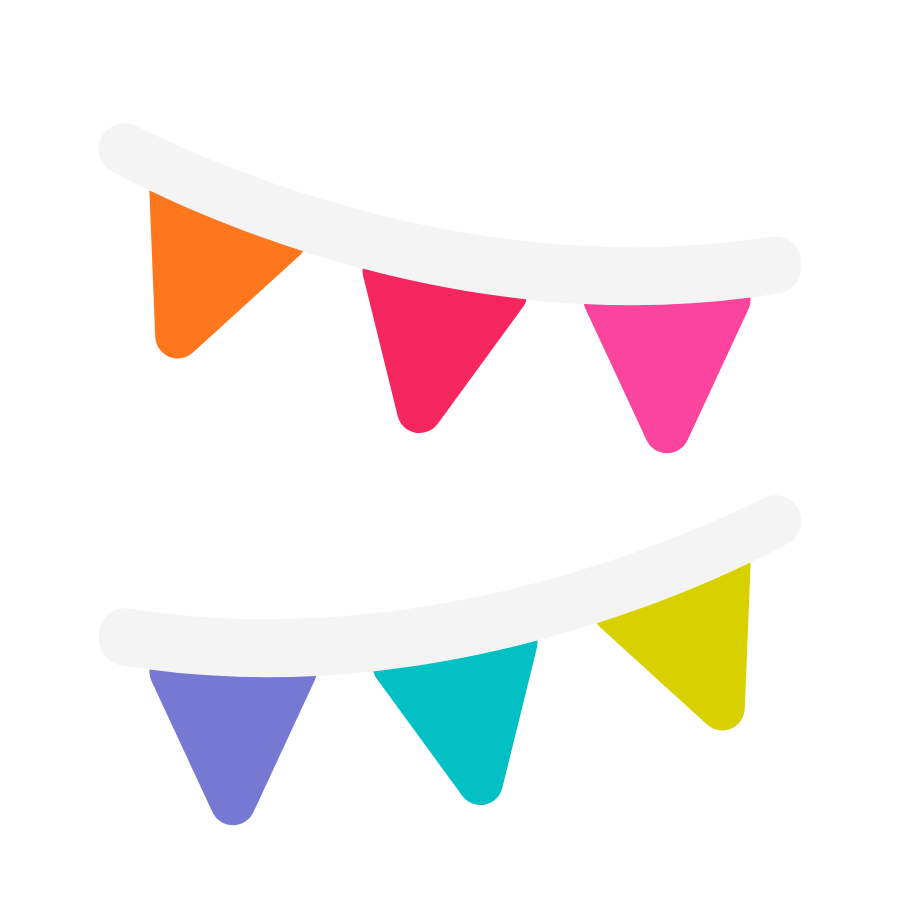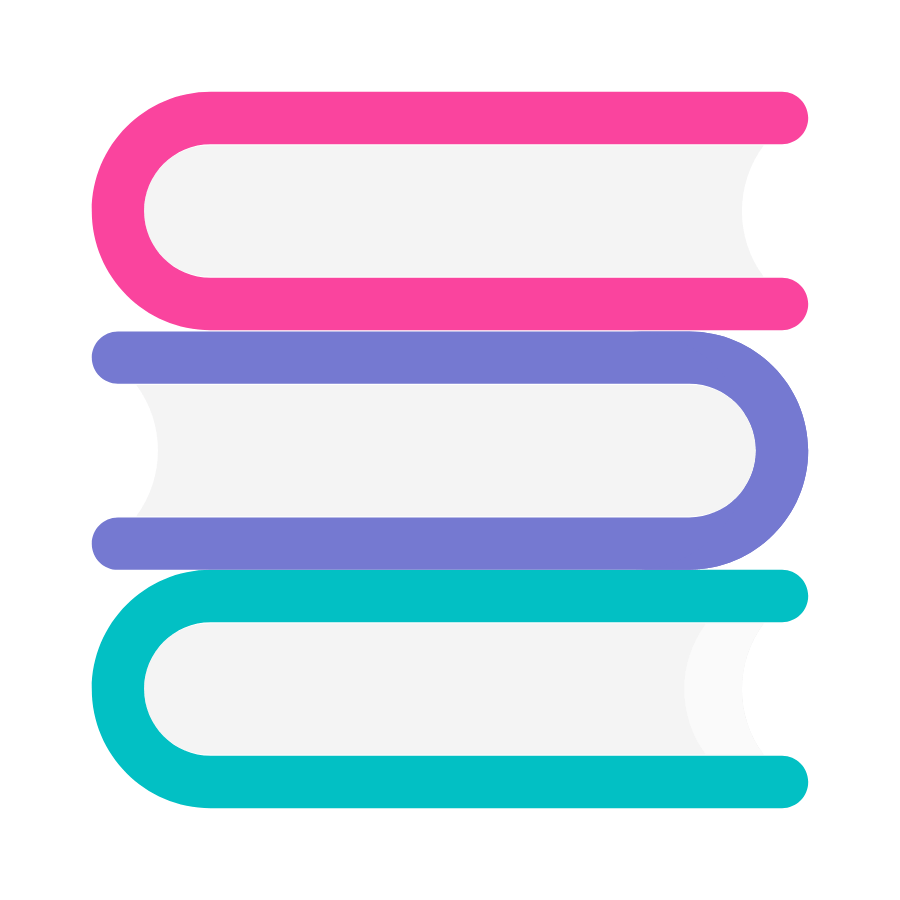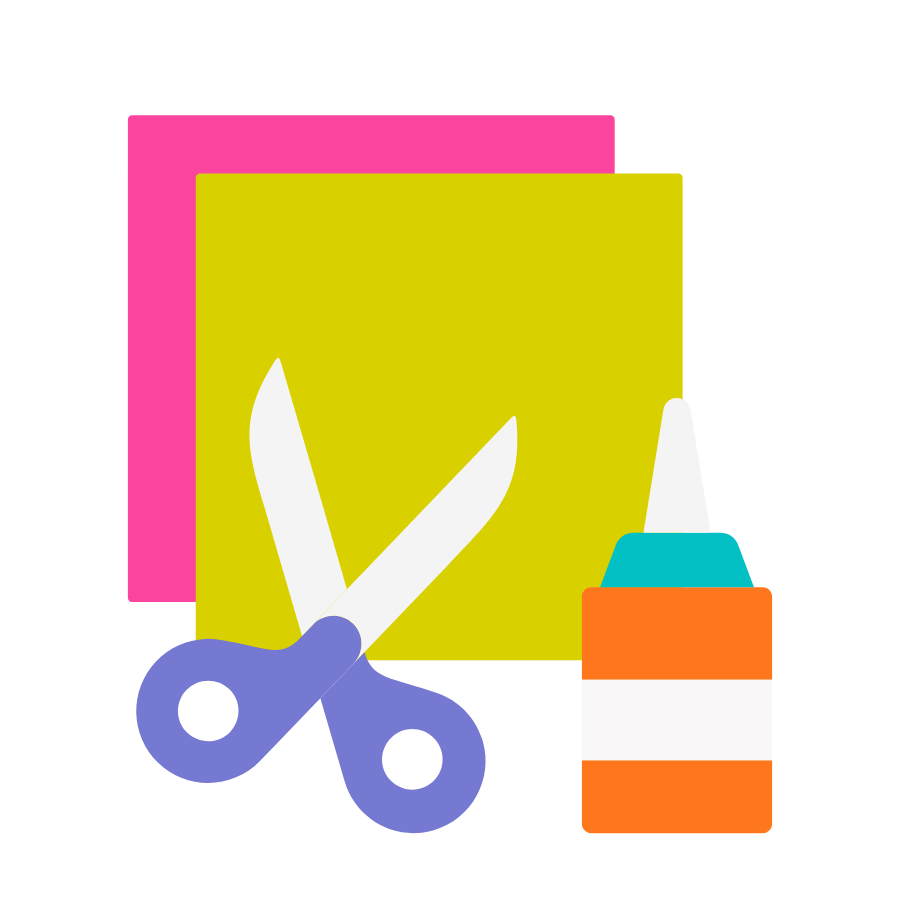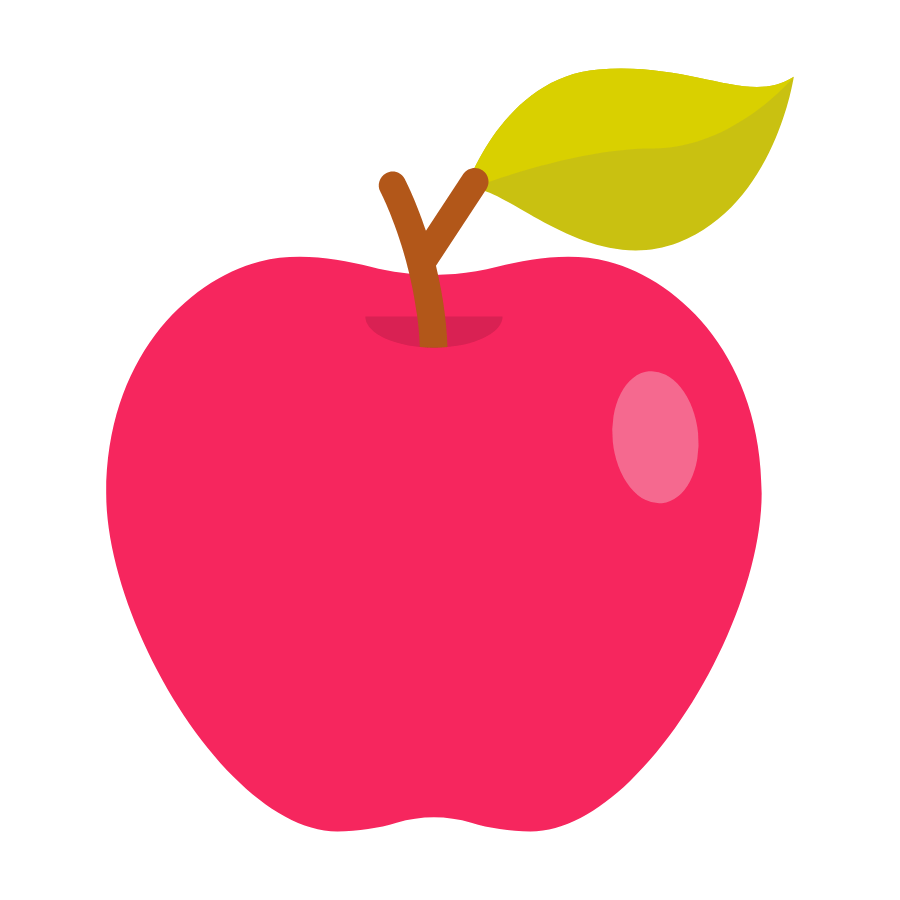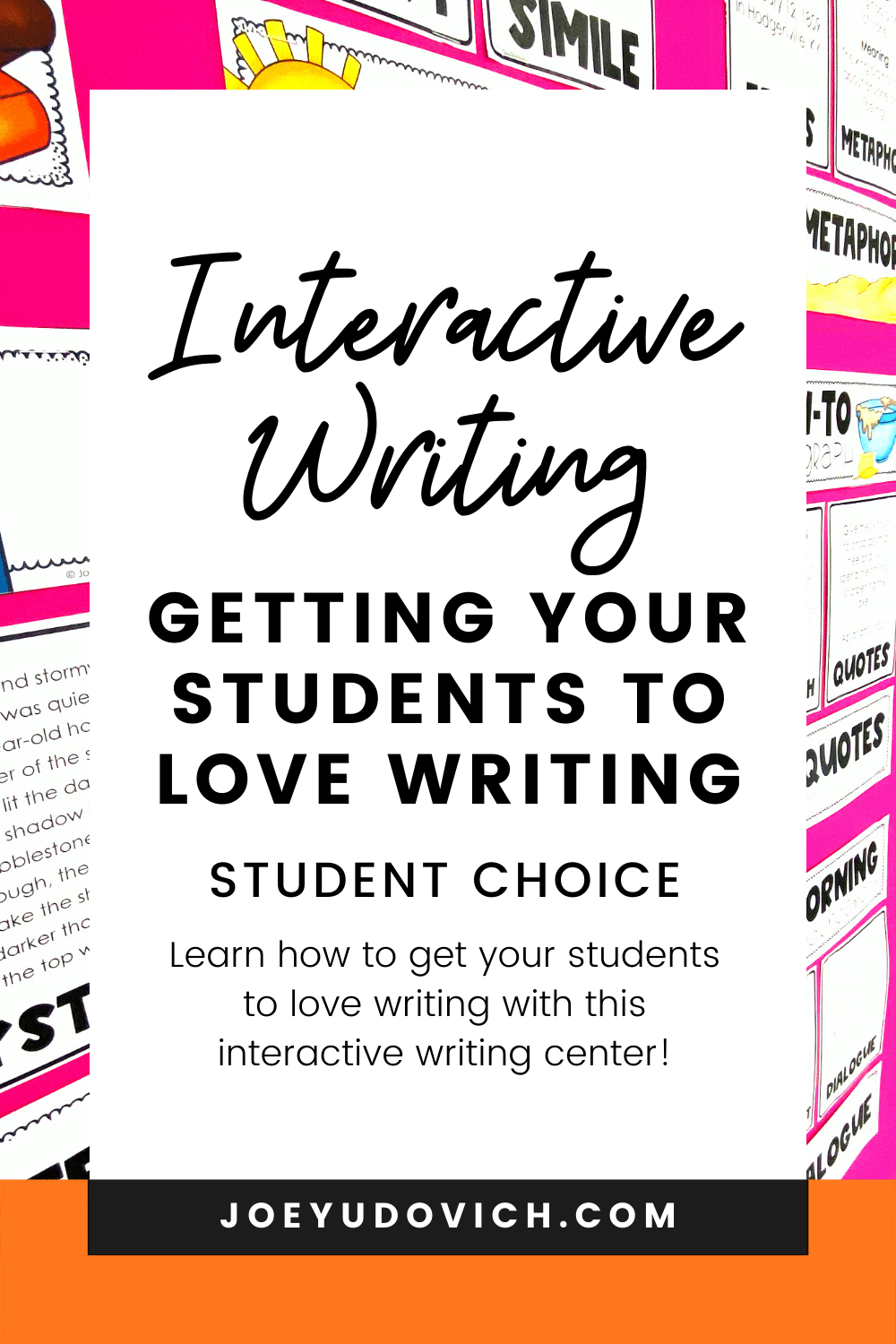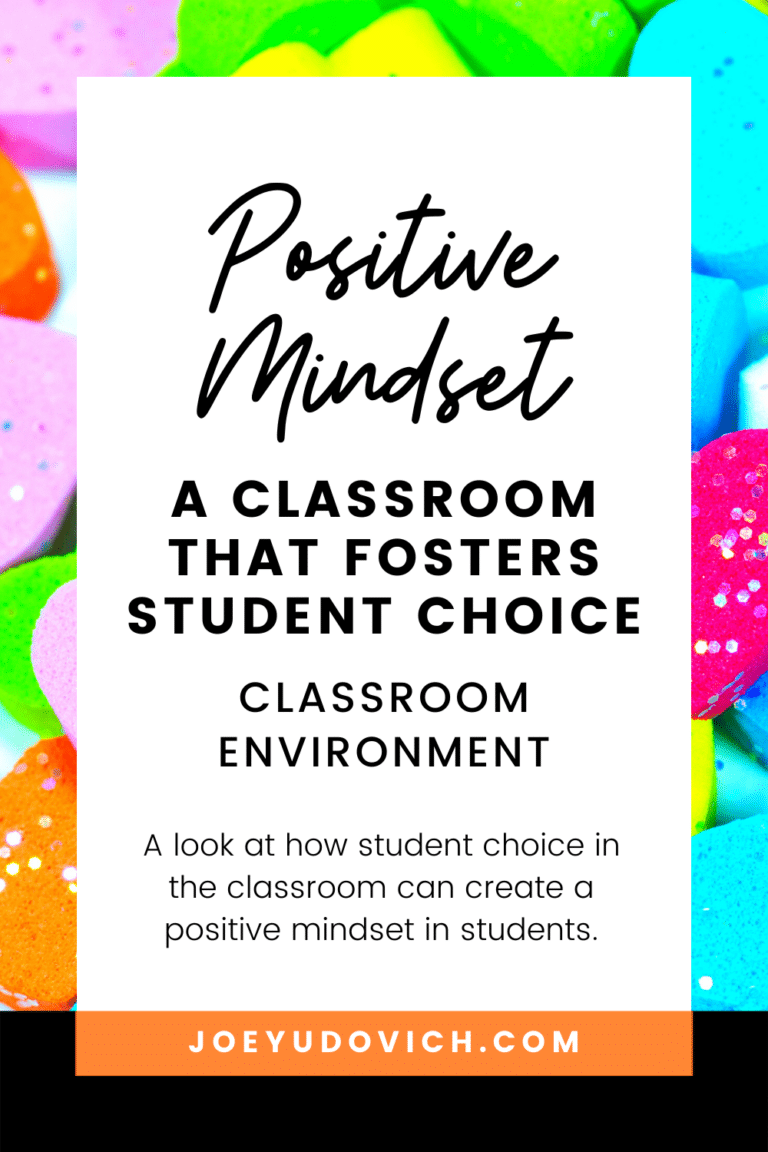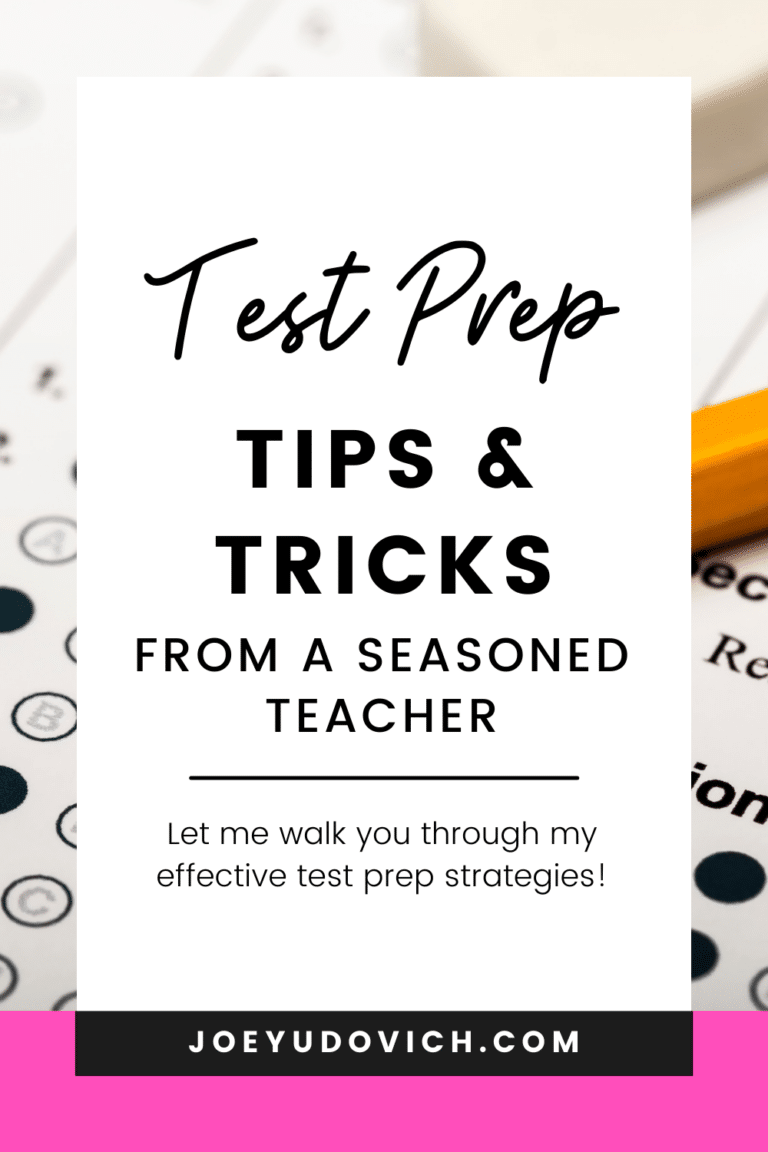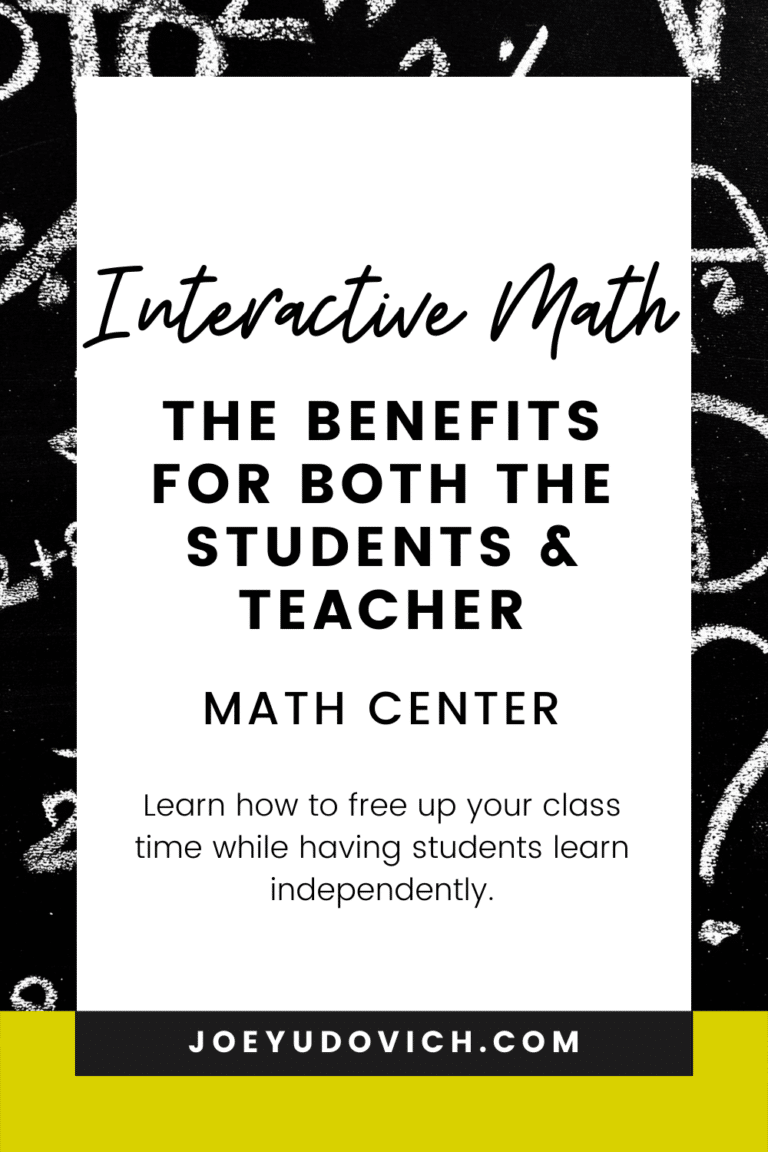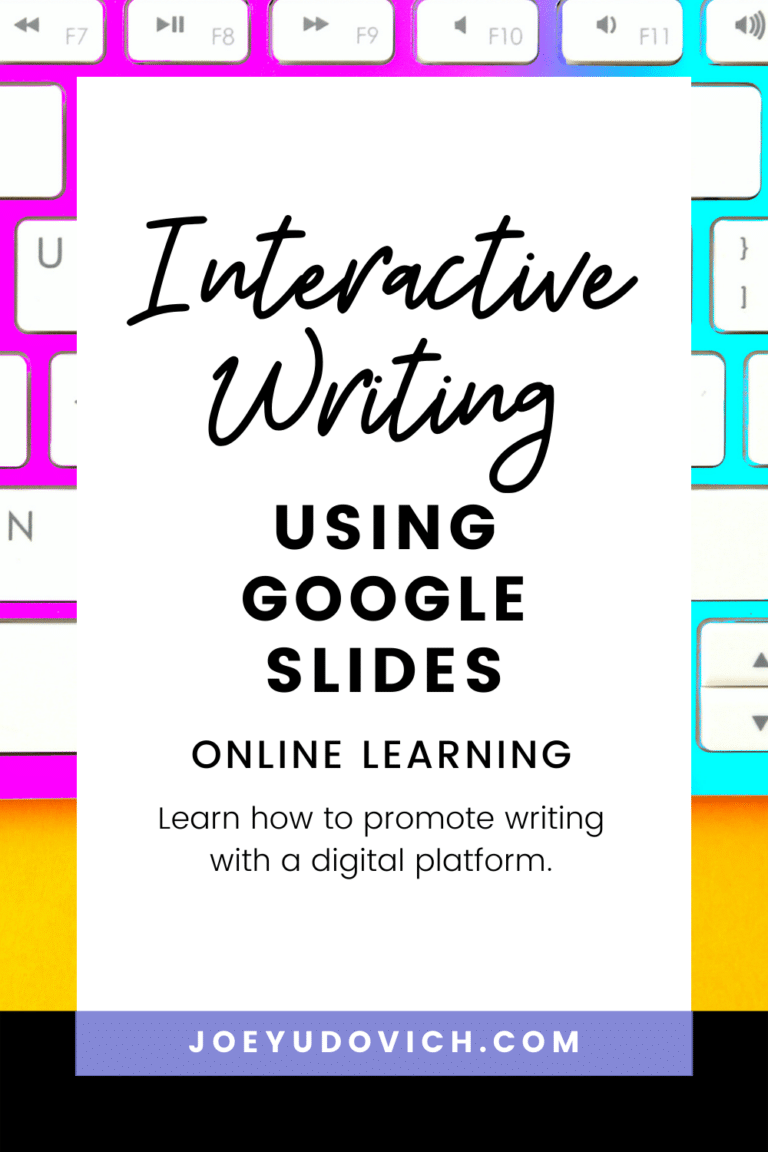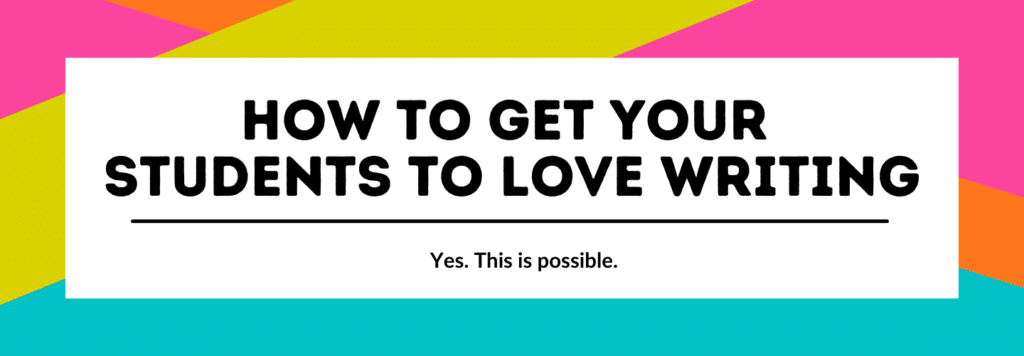
Getting our students to write isn’t always an easy task. It takes a great deal of time to teach them the conventions of writing, the structure, the sound, the transitions, and so much more. More than anything, it’s a job in itself to get them to ENJOY writing.
How on earth do we fix this within our classroom walls?
Is it even possible?!
Yes. Absolutely…
In my classroom, I developed an interactive writing center for my students. I want to show you how it works and WHY it works.
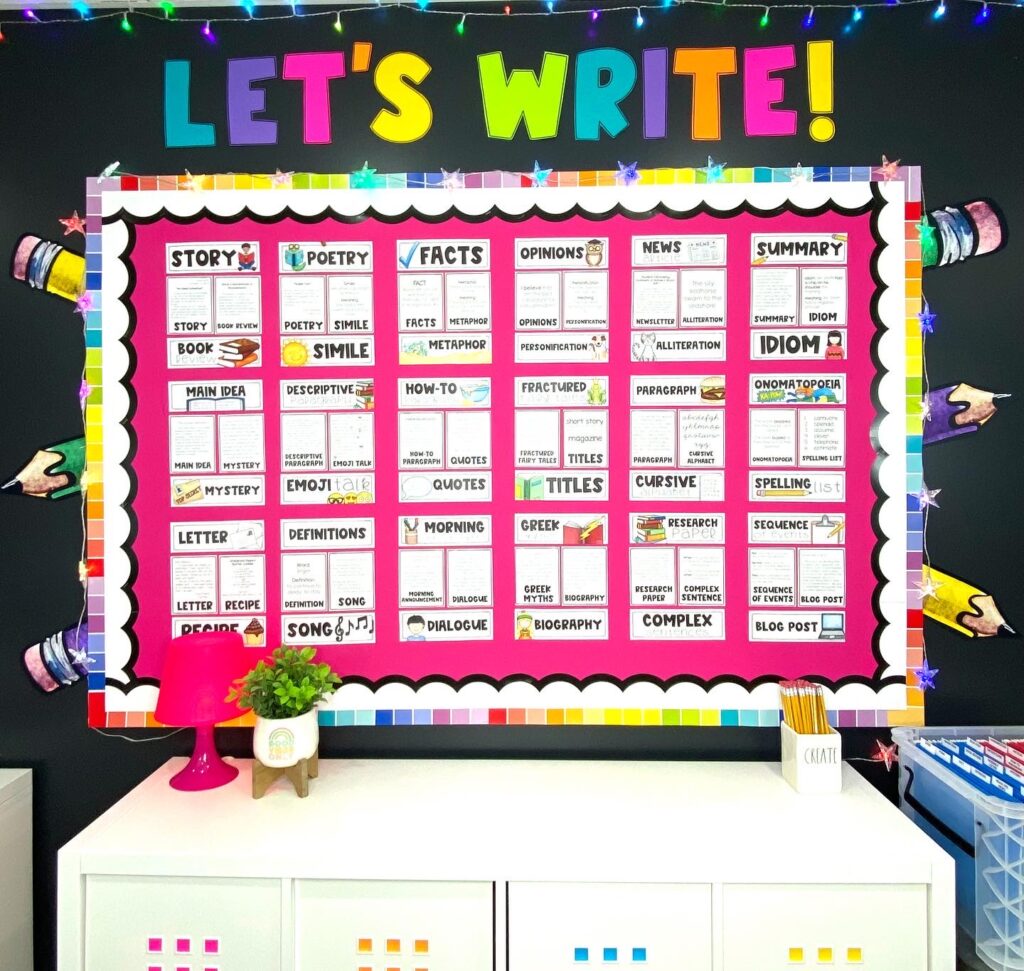
Okay, I started with the thought of what would entice them to WANT to write. Immediately, I thought of the notion to let them choose their topic. Naturally…FOOD came to mind! Haha! Seriously though, a menu did pop up in my thoughts. I wanted to present something that they could visually see, sample, and select. Something that, just like a menu, allows them to say, “I think I’ll try that today!”
I know what you’re thinking…sometimes they don’t have a choice. You’re absolutely right, but I can tell you this, if you get them writing, and enjoying the writing process, you are breaking down their walls of fear and resentment towards the task of writing. I have seen it first hand, and to the point that my students have ASKED me to write BECAUSE OF the Writing Center and the choices they get to make.
When I have a student that really struggles academically, it’s my personal mission to help them feel that “Wow! I did it!” moment that they so desperately need. We all need gratification, so my theory is…provide that opportunity and then build upon that. Build upon their belief in themselves. There is so much power that lies within them.
I have created a spiraled process that begins and ends with the student. It works like this.
1. Students choose their task from the options that you have given. This could be 2 or 3…or like my choice board…it could be several. It depends on the space that you will be displaying their choices.
2. Students will grab their materials, which consist of a detailed instruction page(s) and example pages that are provided. (It is HANDS-OFF for the teacher, which means you have more time for small group instruction! I provide the instruction for them.)
3. Using their Student Writing Folders, they turn it in and track their progress on their tracking forms. They can also use the discussion forms to communicate even more with you.
4. You review their folder and offer positive critiquing or simply meet with them to discuss their work.
5. Create a plan of action for each student…or congratulate them and have them move on to the next task!
So to put it simply, students will select their task, practice their task, reflect on their task, turn in their task, and conference with you about their task. It’s a simple and repetitive process.
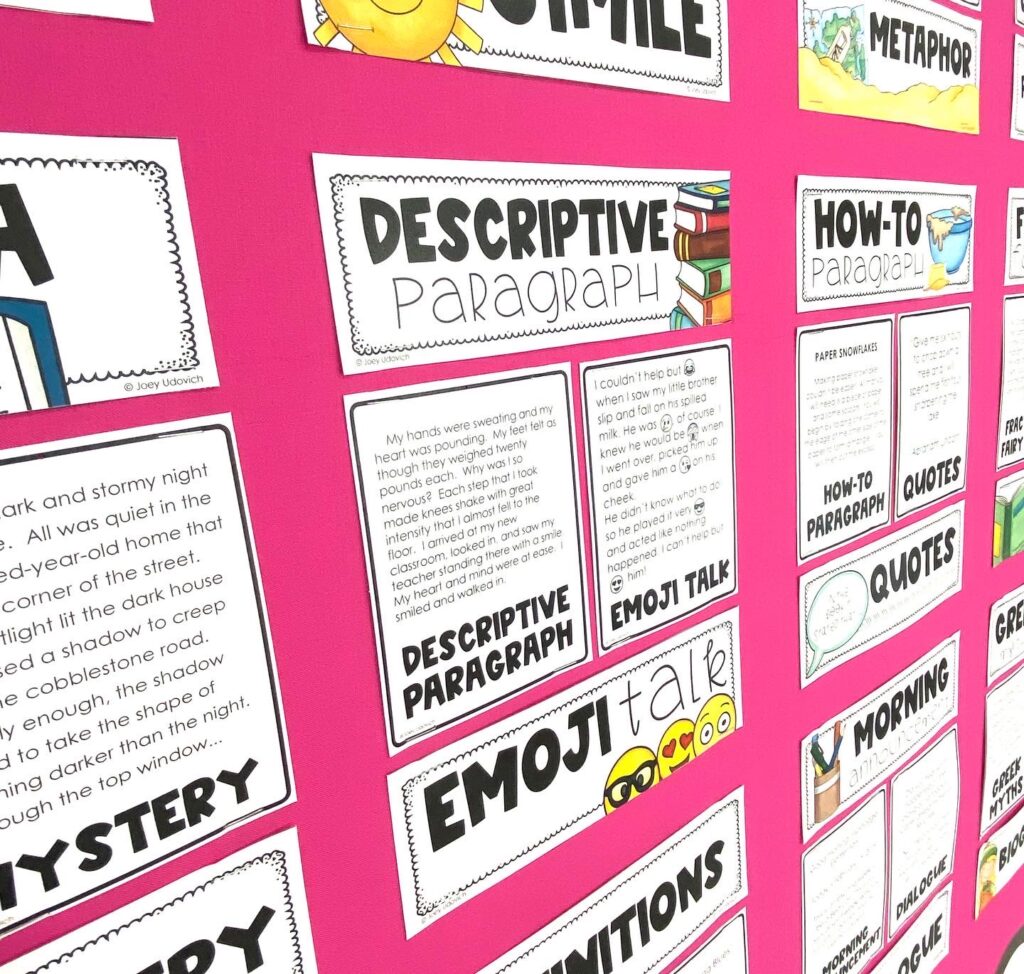
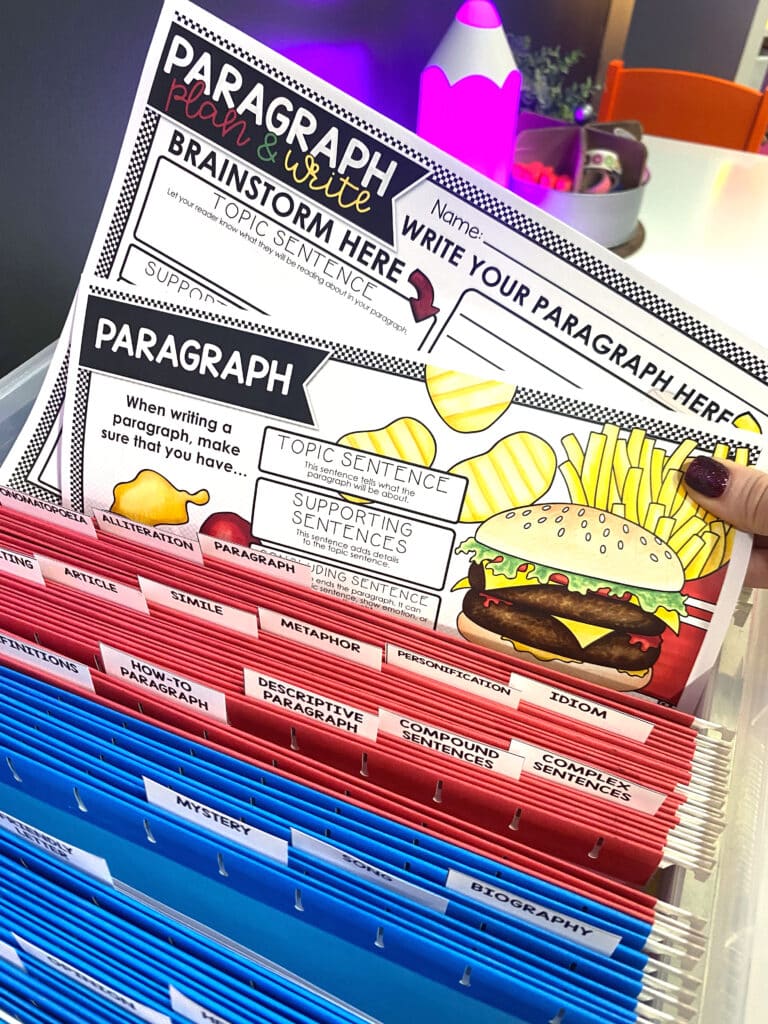
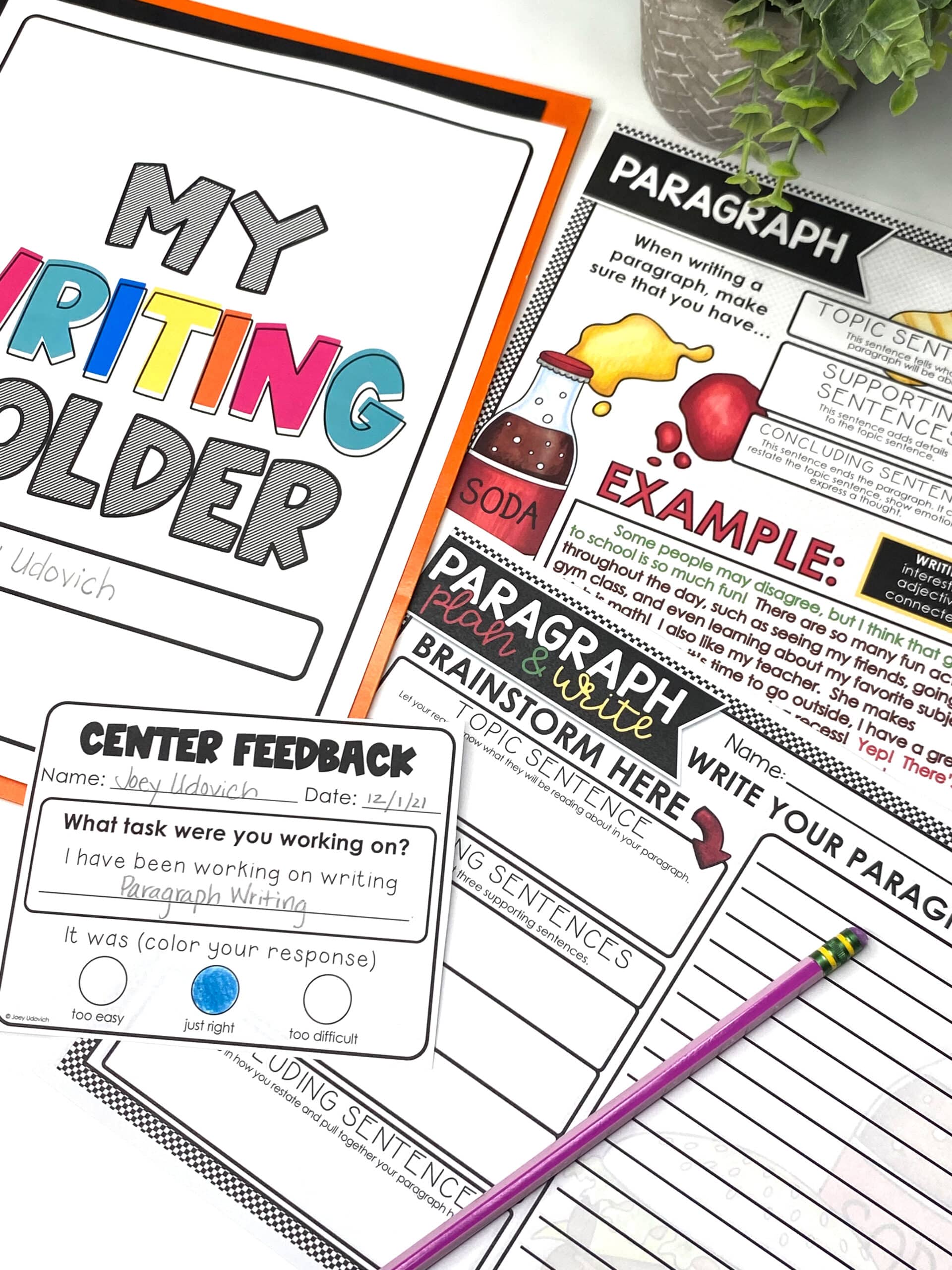

I would say that for your more advanced students, you can have a greater expectation. That may come in the form of more assignments completed, or it may be that they are simply completing the more challenging tasks within the center.
You may want to give them a goal of 2 per week, or maybe one is enough. You can also have a more focused study whereas a whole group, you are working on and perfecting one topic! YOU DECIDE what works for you and your class. The only way to do this is to set it up and dig in. You’ll know right away what is too much.
Another idea would be to give them a grading period goal…for example, students would have to complete no less than 10 writing assignments per grading period.
I provide tracking forms for each student, as well, so that they can see what they have and have not tried.
It was important to me to provide high-interest activities that would encourage even the most stubborn writer to write. I provided a range of low to high-level writing tasks that could easily adapt to every type of learner in our classroom.
Let writing become a choice, and you’ll find that your students’ interests in it will elevate! Their ability to write will improve, and ultimately, their confidence within your classroom…with school…will soar!
Ratings & What Teachers Are Saying

I love love love this product! In my district, we use the writer’s workshop model, and our common core units of study or soooo long! I was worried my little writers might get discouraged and tired of focusing on personal narratives for such a long time, and so I have set up this interactive writing center to use during Daily 5. Now, as part of our Daily 5 rotations, my kids get a chance to write whatever they want! They love it!!

Kendra- Happy Teacher
I’m not even sure where to begin with how wonderful this resource is. I am currently in the process of setting it up and get more and more excited as I prepare. I know my students will enjoy this as well. My favorite part is that EVERYTHING you need is already available with examples provided. All that’s needed is the students creativity. Very well done!

Courtney- Happy Teacher
I just started using this resource this year as a way to add in some more writing practice and I LOVE it. I love that I don’t need to sit and explain each one. They can read the information cards and then get right to work. So far this has been a wonderful resource and I will for sure be using it all year long.

Jennifer- Happy Teacher
Previous
Next
Save This Post!
Pin this post, so that you can refer back to it at any time.





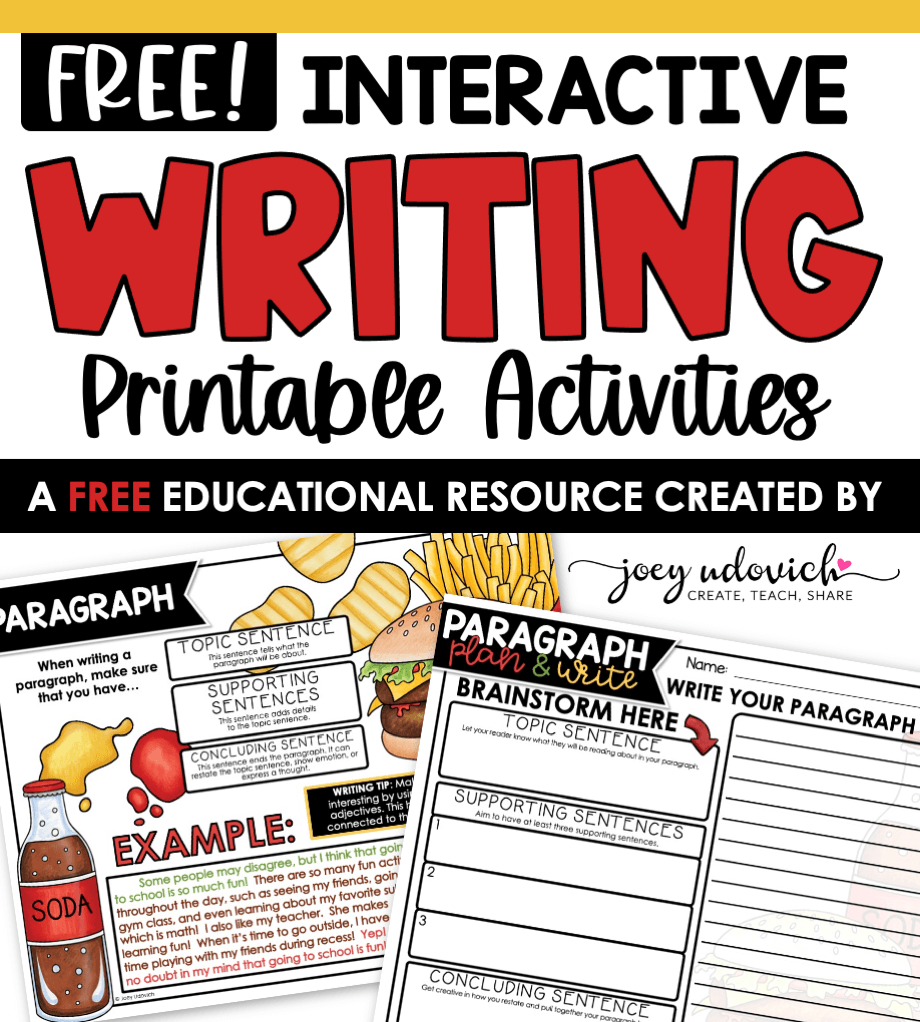
Free Interactive Writing Activities
If you are looking for a way to ignite your students’ love of writing, these interactive writing activities are a great place to start! Not only will it get them interested in writing, it is a great teacher companion. Each activity comes with a detailed page that takes students step-by-step through each task. Fill in the information below to get your free activity pack today!
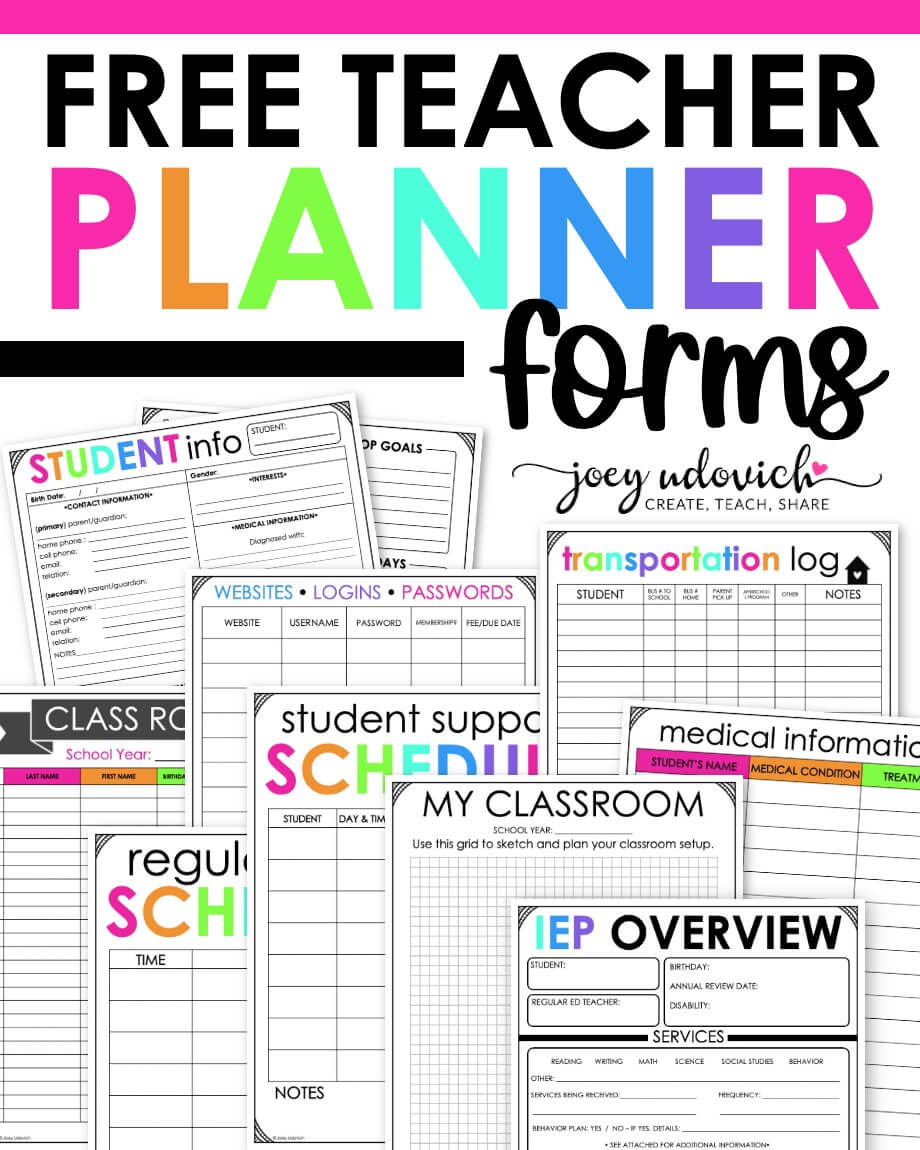
Free Teacher Planner Forms
Keep track of important information in a stylish and practical way.These printable planning forms are the perfect way to organize your classroom information. You can place them into a binder or add them to your favorite Happy Planner or custom teacher planner!

Free Text Structure Posters
These printable posters will help your students build a better relationship with what they are reading throughout the school year. They will serve as a constant companion in aiding comprehension and understanding of key concepts within a text.



